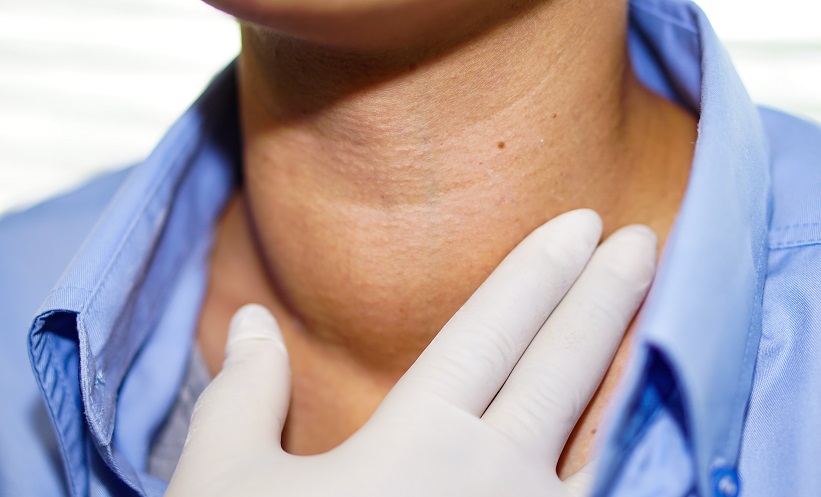MICROWAVE ablation (MWA) has become an increasingly utilised treatment for patients with hyperthyroidism, particularly when accompanied by thyroid nodules. This retrospective study aimed to evaluate and compare the long-term efficacy and safety of MWA in patients presenting with hyperthyroidism alongside either benign thyroid nodules or papillary thyroid carcinoma (PTC). By analysing three-year outcomes, the researchers sought to understand whether underlying pathology significantly impacts treatment success. A key finding was that complete remission of hyperthyroidism was achieved in nearly 94% of patients with benign nodules.
The study reviewed 66 patients who underwent MWA for hyperthyroidism with nodular disease between December 2009 and December 2024. Participants were divided into two groups based on whether they had benign nodules or PTC. The researchers utilised propensity score matching (PSM) to account for potential confounding factors and to enable a more balanced comparison of clinical outcomes. All patients were followed for three years post-treatment, with regular assessments to determine rates of hyperthyroidism remission and tumour disappearance. Adverse events and disease progression were also monitored to evaluate safety.
After PSM, findings at the 36-month follow-up showed a complete remission rate of hyperthyroidism of 93.8% in the benign nodule group, compared with 62.5% in the PTC group (p=0.083). Tumour disappearance was also higher in the benign group (50.0%) than in the PTC group (18.8%), although this difference did not reach statistical significance (p=0.0627). Notably, no serious complications were observed in either group, and there were no cases of disease progression over the follow-up period, suggesting favourable safety outcomes for MWA in both clinical contexts.
These results highlight the potential of MWA as a minimally invasive treatment option for managing hyperthyroidism, particularly in patients with benign thyroid nodules. Although differences in efficacy between the benign and malignant groups did not reach statistical significance, the higher remission and tumour resolution rates in the benign group suggest a trend worth further investigation. Study limitations include its retrospective design and modest sample size, which restrict the generalisability of the findings. Nevertheless, the absence of serious complications underscores MWA’s safety profile and supports its integration into clinical practice, especially for patients ineligible for or unwilling to undergo surgery.
Reference
Yan X et al. Efficacy of Microwave Ablation in the Treatment of Hyperthyroidism With Benign/Malignant Nodules. Ultrasound Med Biol. 2025;DOI:10.1016/j.ultrasmedbio.2025.07.027.








